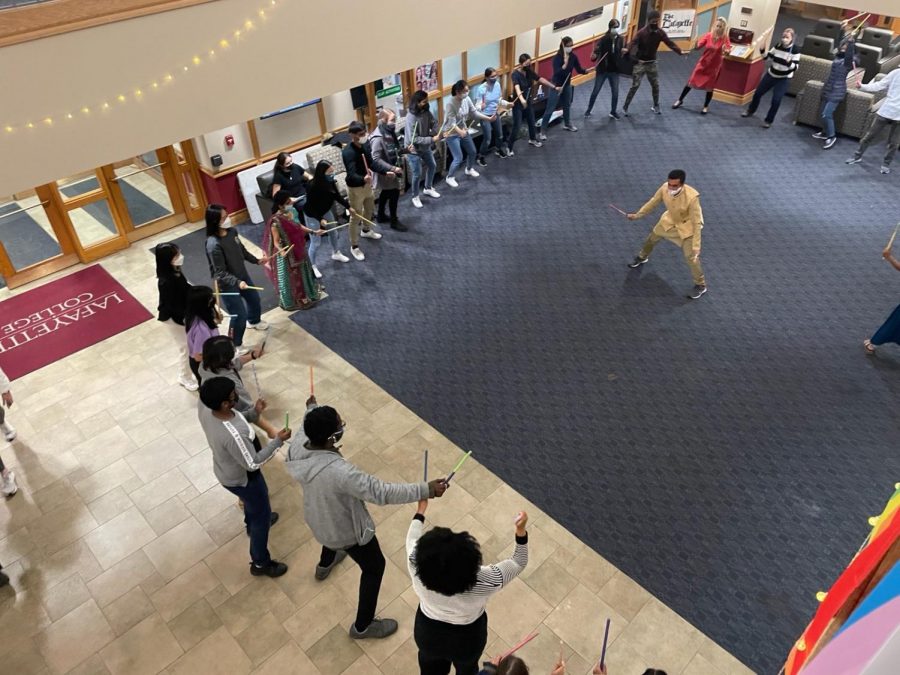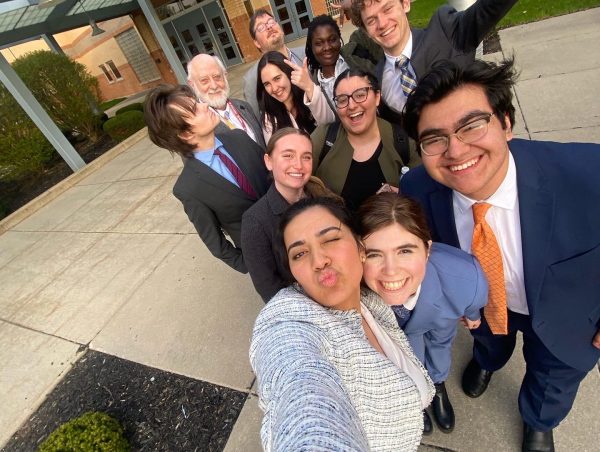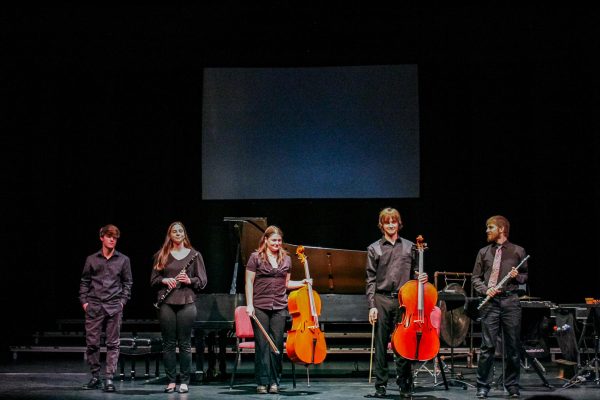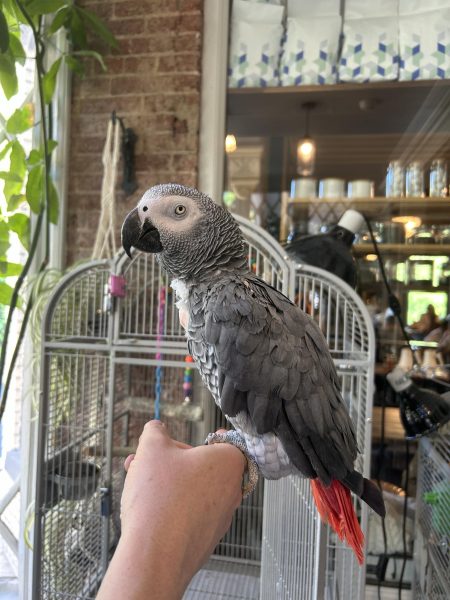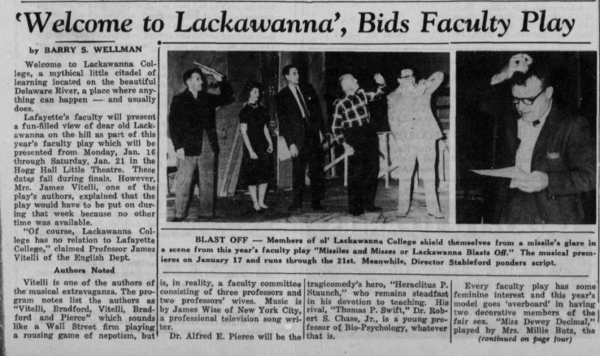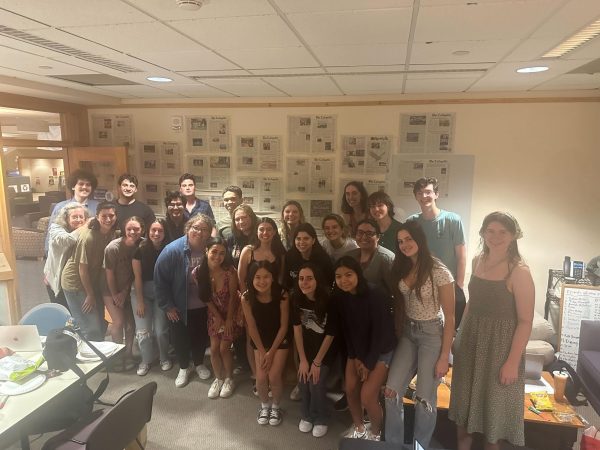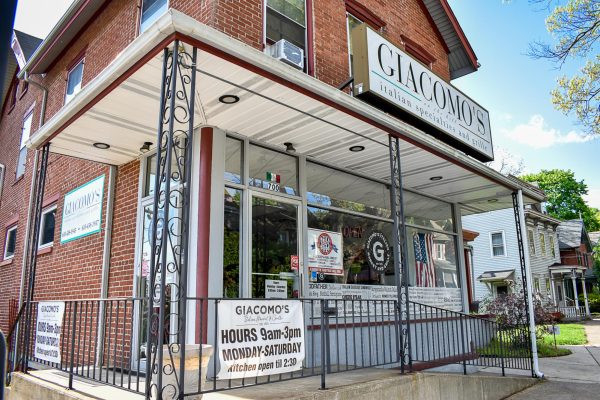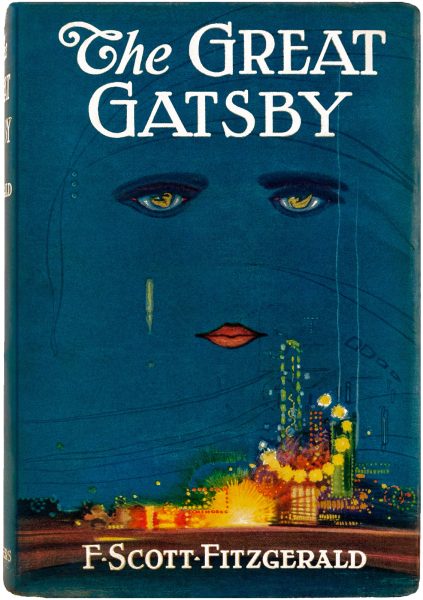Diwali celebration amplifies South Asian student voices
The Diwali event included the Dandiya dance ritual from the autumn Hindu festival Navrati. (Photo by Isabella Gaglione ’25)
November 12, 2021
The steps of Farinon glowed as students made their way inside to celebrate Diwali last Thursday.
Diwali is the Indian festival of lights celebrated at the start of the Hindu New Year over a period of five days. The festival celebrates the conquering of evil and the victory of hope over despair.
In northern India, Diwali is the celebration of the return of King Ram from his fourteen-year wrongful exile. In southern India, the festival honors Lord Krishna’s defeat of the demon Narakasura. In western India, Diwali commemorates the day Lord Vishnu sent the demon King Bali to the nether world.
While reasons for celebration differ from region to region, Diwali brings all Hindu people together. On Lafayette’s campus in particular, the festival brought together people from different cultures and backgrounds.
The South Asian Student Association (SASA), in collaboration with the Asian Cultural Association and International Student Association, set up a series of festive activities inside Farinon for students to participate in. Celebrants painted traditional clay lamps known as diyas, practiced writing “Happy Diwali” in several Indian languages with calligraphy and used colored powder to create different designs in an art form known as rangoli.
However, the most popular event of the night was the dandiya dance, typically performed during the autumn Hindu festival Navratri. The dance form is made up of various moves involving two sticks called dandiyas.
“We decided since we couldn’t hold a Navratri celebration like we planned, to combine [it with Diwali], but it ended up being a lot of fun. It was really something people enjoyed and ended up being a really big part of the event that everybody had a lot of fun with,” SASA President Zubair Ali ’24 said.
“What was really special about other people coming and appreciating our culture was that a lot of people were saying how included they felt. I felt included,” Ali said. “I felt, ‘Wow, this is the stuff I grew up with, that many other people have grown up with and it’s being shared. It’s really adding to the diversity on campus and highlighting an underrepresented community on campus.’”
Ali feels that South Asians as a group are too often overlooked.
“We have not really seen a space where South Asians, in particular, have been embraced and where our culture has been embraced. We are often grouped as people of color but then not treated as such. We are this in-between community,” he said.
Thursday’s celebration gave Ali an opportunity to have his voice heard.
“It has been really hard as a South Asian student at Lafayette to feel included and accepted and this was one of the nights that I genuinely felt that my culture, and the culture of so many people, was not only appreciated but it just felt like we were finally accepted,” Ali said.
In the spring semester, SASA is hoping to host a celebration for Holi, the festival of color. In the meantime, the group meets Wednesdays on a bi-weekly basis. They can be found on Instagram @lafayette_sasa.



































































































